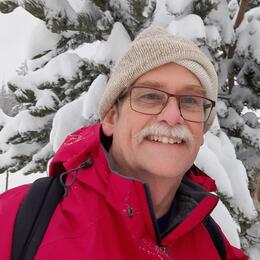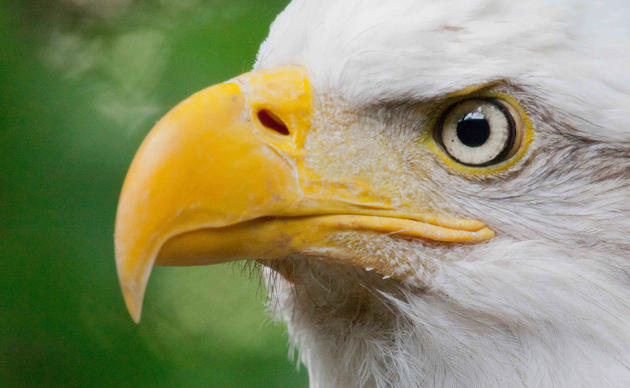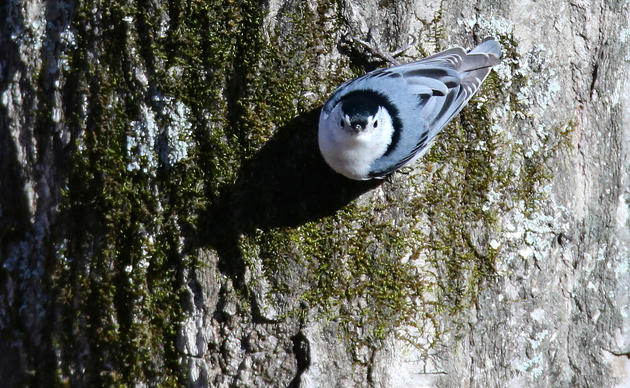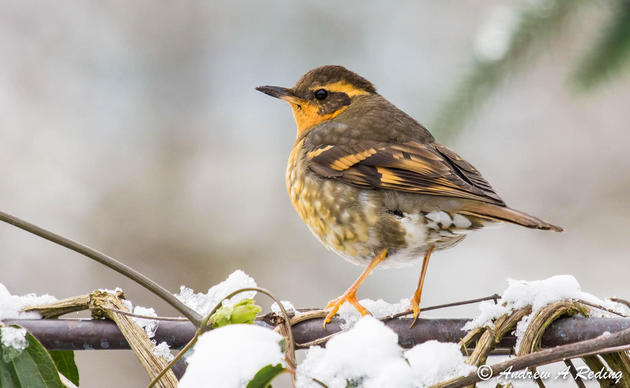Audubon Washington recently received a $10,000 grant from the Pacific Birds Habitat Joint Venture to support our coalition efforts to protect and restore the Kennedy Creek estuary. The coalition, including Black Hills Audubon, the Squaxin Island Tribe, the Department of Natural Resources (DNR) and a local Salmon Enhancement Group, was formed to build public support for funding for studies on the threats and options to protect this Natural Area Preserve (NAP). Kennedy Creek estuary is part of the Totten Inlet Important Bird Area, and is a priority location in our Puget Sound Conservation Blueprint, supporting significant populations of wintering waterfowl and shorebirds, including large numbers of Dunlin, Black-bellied Plovers, Western Sandpipers, and more. The creek has one of the best-preserved lower watersheds in the south Sound, much of which is currently owned and managed by DNR. Yet there remain threats to the estuary and the birds that rely on it.
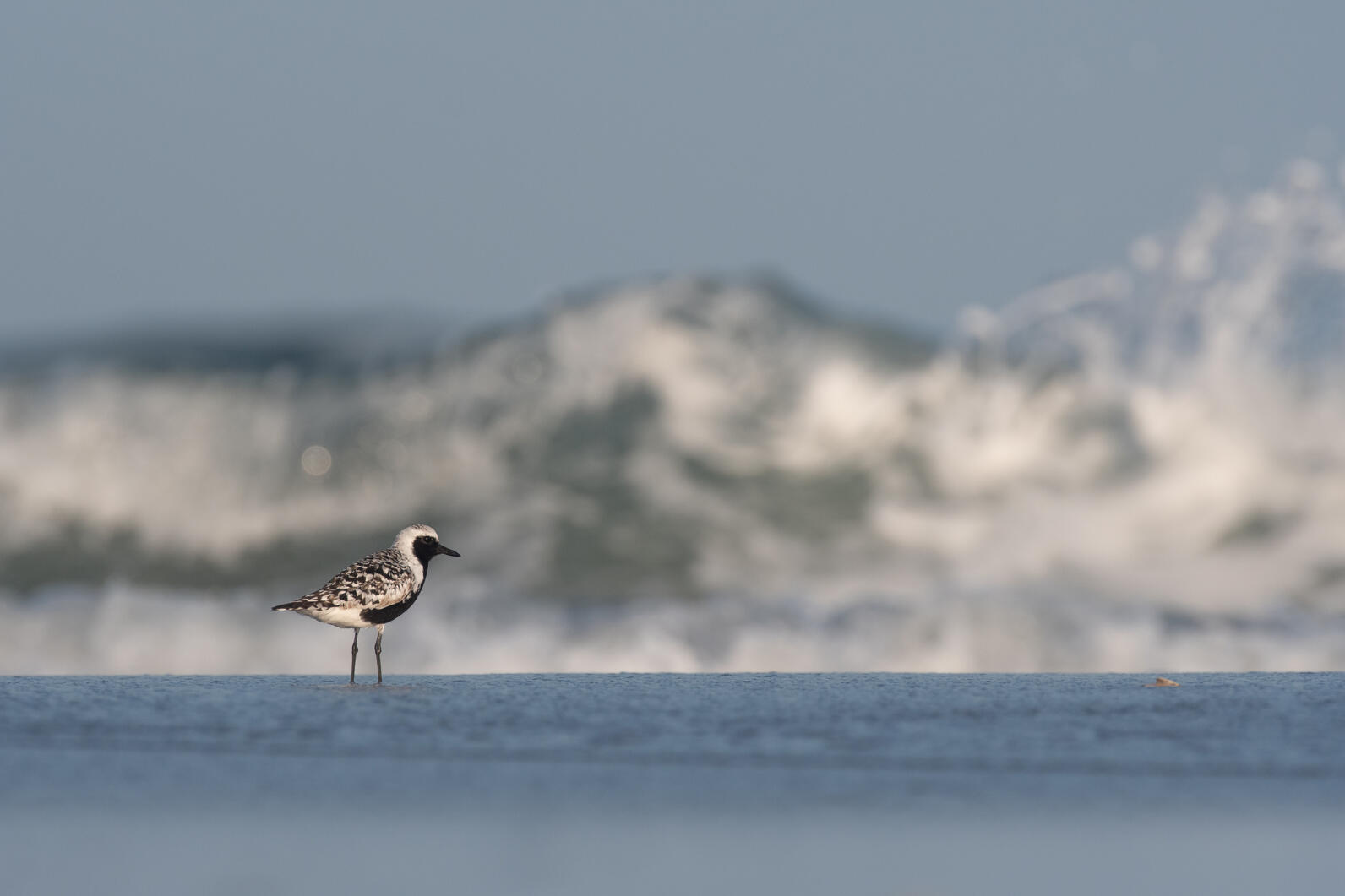
With the support of the Joint Venture grant, we will continue to coordinate with coalition members to advocate for support of issues such as improving circulation in the upper estuary; reducing erosion of emergent wetlands, and acquisition of in-holdings in the Kennedy Creek Preserve and within the expanded boundary of the nearby Skookum Inlet NAP. Projects like this that help to preserve and restore natural estuary function and build climate resilience will benefit from major investment under federal infrastructure funding
Protecting important places for birds in Puget Sound, like Kennedy Creek, requires coordination, planning, and resources. Much more funding for conservation projects throughout the Sound and the nation is now available. Earlier this year, Congress passed the Infrastructure Investment and Jobs Act, or IIJA. This IIJA is a once-in-a-lifetime investment in on-the-ground infrastructure projects. Much of the money is for things like roads, bridges, and drinking water facility upgrades, but it also allocates an unprecedented amount of funding for ecosystem and habitat restoration, particularly for coastal resilience.
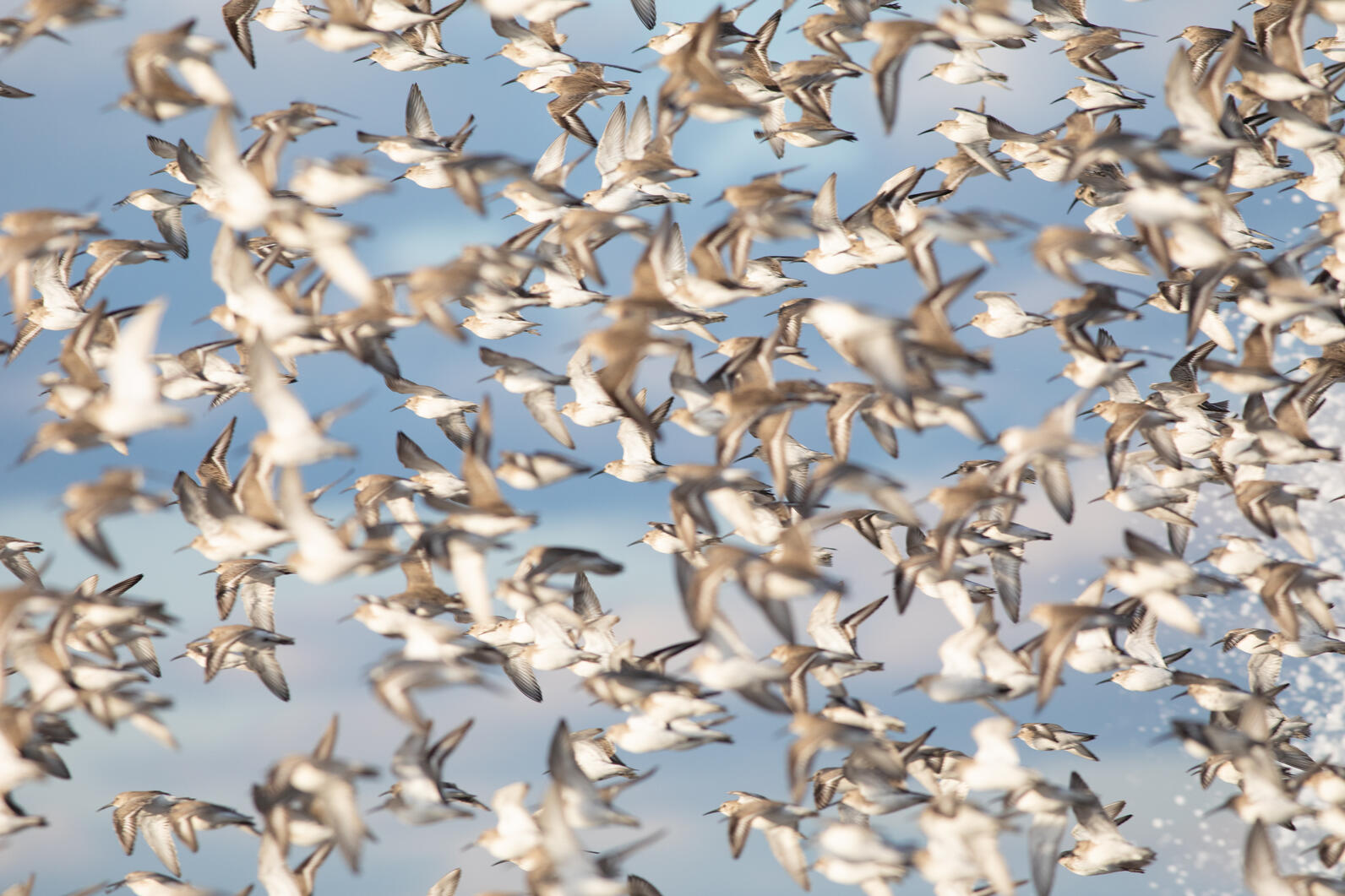
In Puget Sound, this will include major increases in funding for projects that restore estuarine wetlands and address other aspects of coastal resilience. With this new funding available, the challenge is to access and utilize that money in a timely manner. Natural resource agencies are looking to utilize it, but there is a shortage of staff to run these programs at all levels, as well as people to make the projects happen on the ground. Grant writers are needed in order to navigate the myriad state and federal programs. Project managers, designers, engineers, biologists, and backhoe operators will all be needed for these efforts. Environmental and other groups will be involved in many projects and they too will need to quickly build capacity. Coordination of coalitions and cooperation between non-profits, tribes, and government agencies will be more important than ever to take full advantage of the opportunities.
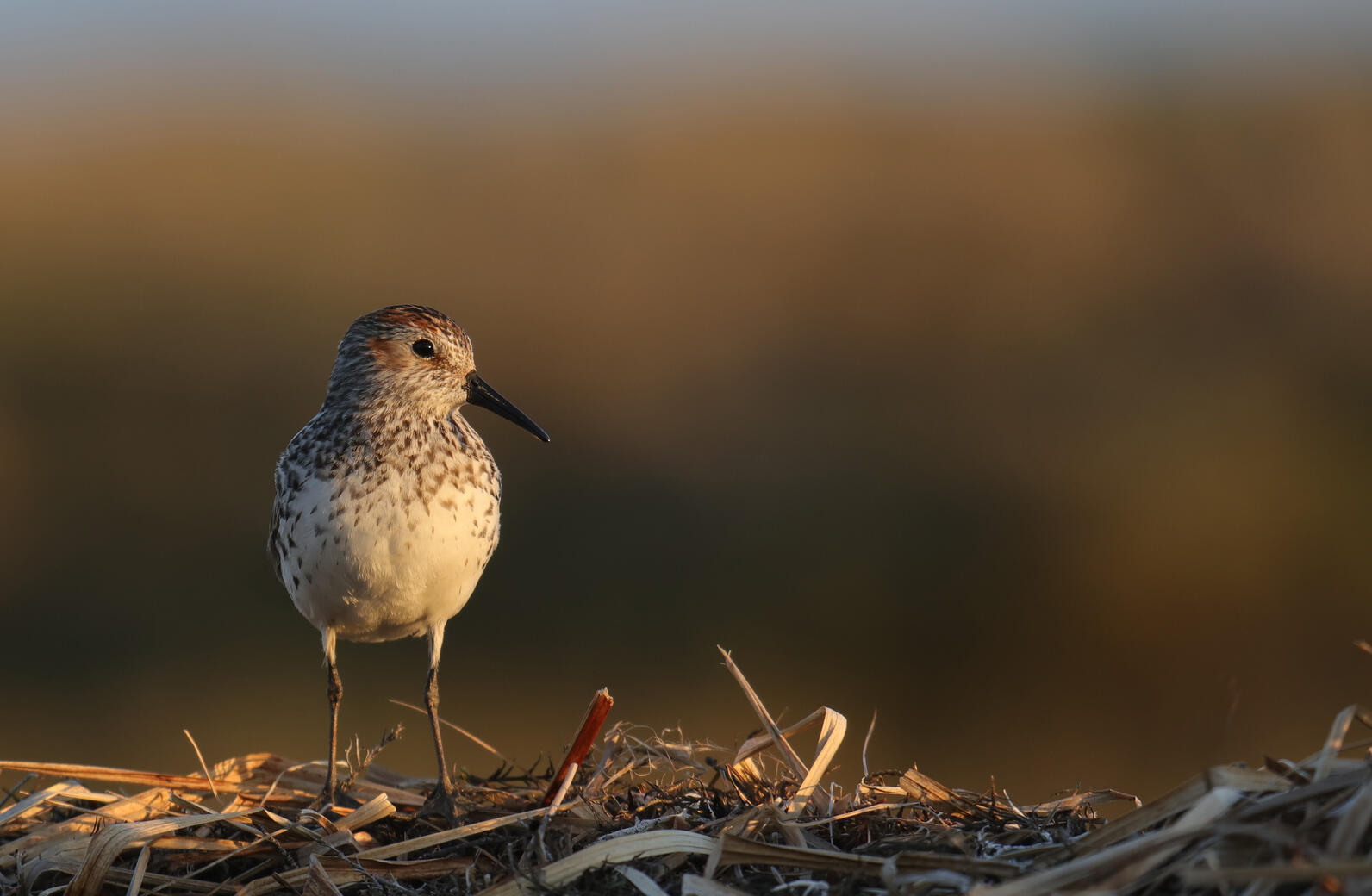
State and tribal agencies that have lands suitable for restoration programs will be the recipients of most federal funds, but non-profit conservation organizations can play a significant role. Certainly, that is true for groups such as land trusts with lands eligible for restoration projects. While Audubon Washington does not own land, there are other roles that may fit with our work in Puget Sound. For example, our Puget Sound Blueprint points us toward the most important places to protect for birds, which helps us build the case for priority projects. Community science, including avian monitoring, can help guide restoration project design and management. As we work to build coalitions like that at Kennedy Creek to advocate for and seek to advance projects, Audubon can build community input and support through public engagement. The lion’s share of the funding will be for project construction, but groups like Audubon that can convene, coordinate and activate stakeholders to help utilize this one-time opportunity can help get the right projects done and make a lasting difference in Puget Sound and across the nation.

